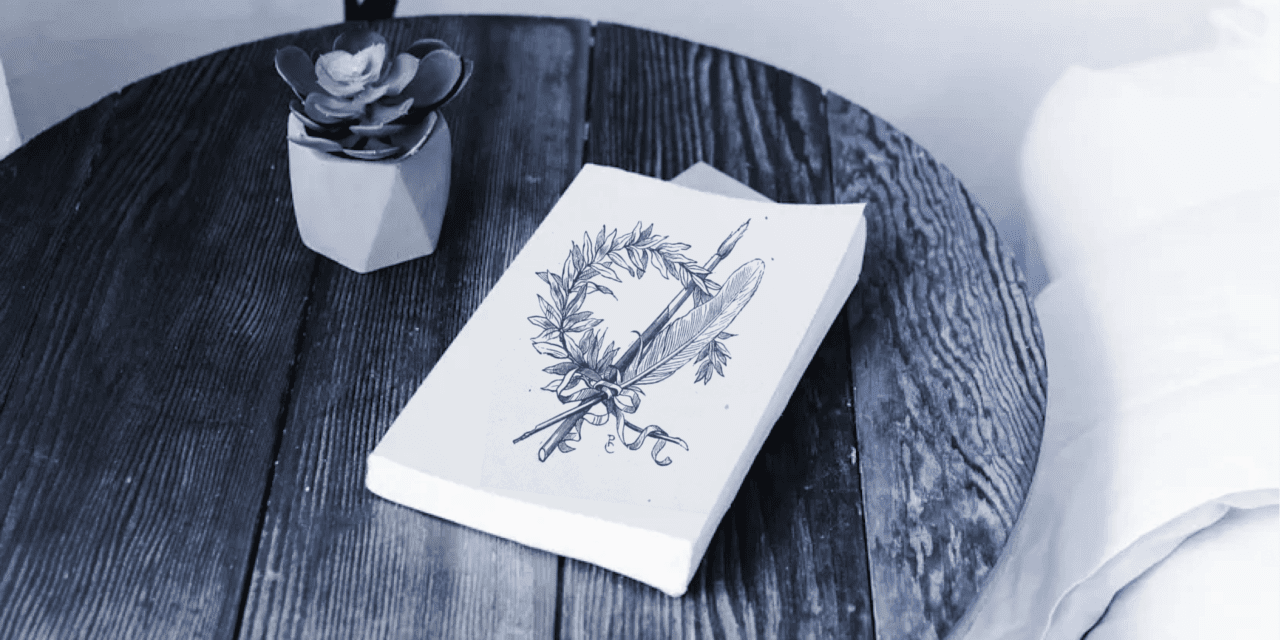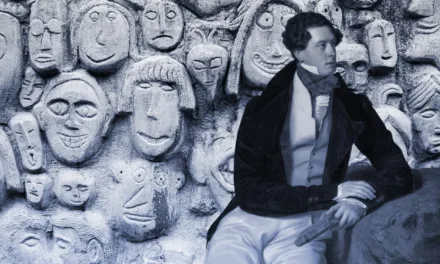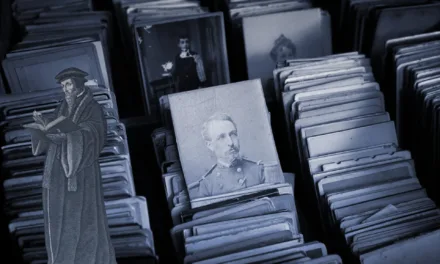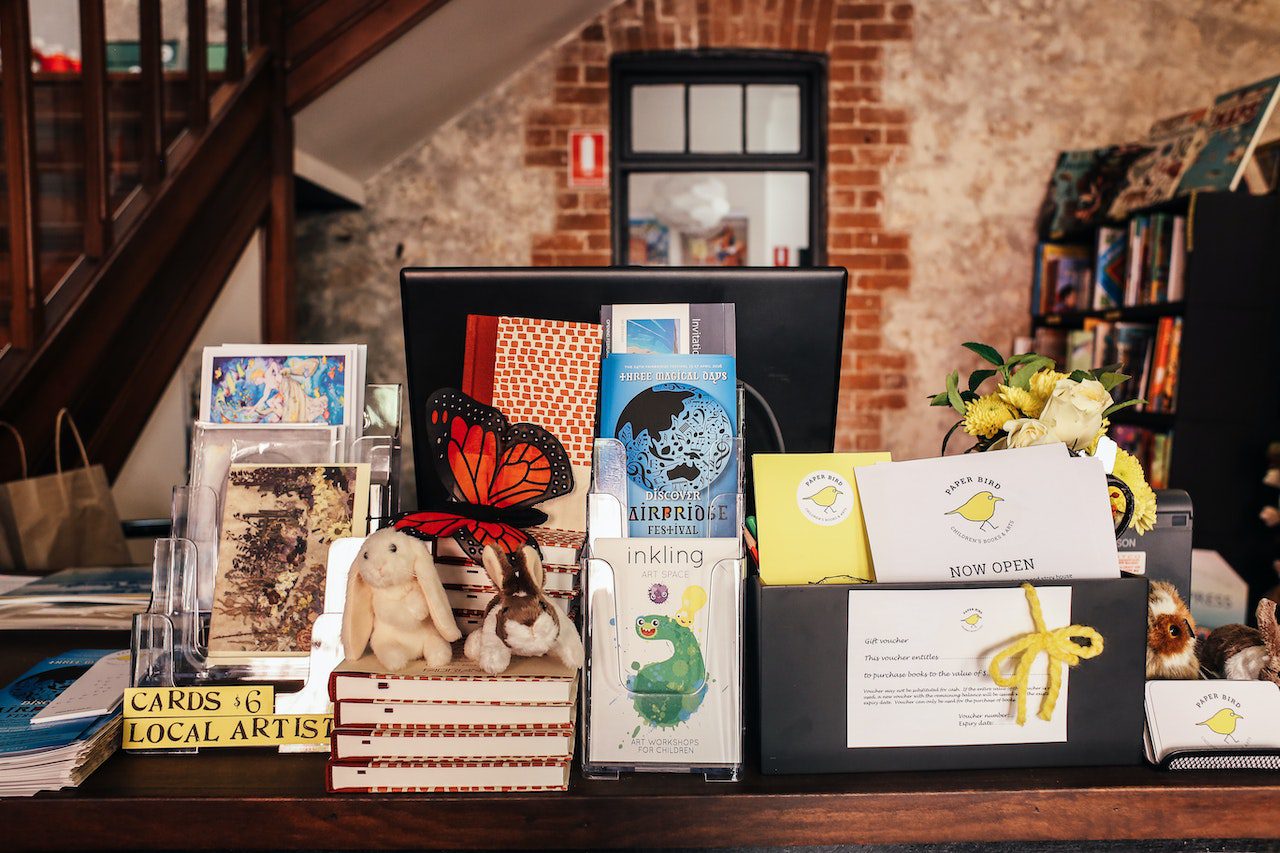
Commissioning Cover Art: Red Flags and How to Spot Them

My first bad experience with commissioning cover art came in the lead-up to the release of my novel, In the Sky. Despite the art being of very high quality, my first red flag was how quickly I’d received a completed cover design from the artist. I got a prototype sent to me within days of my initial request, but the art looked like it would have taken hundreds of hours to produce.
The artist I commissioned had amazing reviews. I had seen her portfolio and was pleased to be working with someone who would do my story justice. A lot of independent artists make photoshopped images from stock photos, but I’ve always preferred the look of illustrated covers that I know someone spent more than an hour working on, and I was happy to have found someone whose work would give me that within my budget.
There was something off about this transaction, though, but I couldn’t put my finger on it.
The danger of ignoring your doubts
Because of the artist’s glowing reviews, I put my doubts aside. Instead, I focused on marketing and promotion. I did a countdown on Twitter for the cover reveal, which I shared all over social media. It went to friends, family, and fans of my previous work.
The image travelled far.
People pre-ordered copies of In the Sky, and despite the excitement of publishing my third novel, I couldn’t shake the odd feeling that something was off about the cover. It was beautiful. Exactly what I wanted. But it felt almost “too good” for the amount of time the artist had spent on it.
On release day, after laying my newborn daughter down for her nap, I found myself idly browsing on my phone. But I still had this unshakeable feeling that something wasn’t quite right, so I did something I wished I’d done as soon as I received the cover art — I reverse-image-searched it on Google.
To my horror, I discovered that I’d been sold a plagiarised image. My artist had stolen someone else’s copyrighted work.
My skin went white, and I felt my mind go dark with rage. I wasn’t only angry with the artist, but with myself. I’m usually such a careful person, but I’d ignored my doubts. Now my friends and fans were sharing pictures of themselves with a book that I couldn’t sell.
The only thing I could do was the one thing I didn’t want to; I had to remove my book from sale.

The fallout
It was a simple thing to remove the book from digital storefronts, but the cleanup afterwards was what took the longest. I had to release video statements on all my social media explaining what had happened and asking for patience while I began the process of newly commissioning cover art. With preorders already placed and the book already officially released, I knew in my heart that I couldn’t be picky about the artist. At this point, it was all about speed. I had no choice.
I did an open call for art, and to my amazement, the community who saw my video reached out, and all of a sudden, I had an inbox full of people offering their sympathy and talents. Eventually, I decided on an old Army buddy of mine who is also a graphic designer and tattoo artist, and he designed what is now the cover of In the Sky.
Of course, I messaged the original [con]artist, but I figured that the conversation wouldn’t go anywhere anyways. I was right. So, I did the hardest part, and let it go.
The re-release of In the Sky was done without any fanfare. It was then that I realised that this experience had soured what should have been a celebration for me. A book release is something to be proud of and celebrate, but instead, it had become anticlimactic, and, sadly, a chore. The excitement I once had was now lying in a ruin of disappointment and resentment.
But the upside is, that I learned a lot from my bad experience of commissioning cover art. And what I learned is now something I’m in a position to share with other writers and help them avoid my mistakes.
Commissioning cover art: best practice
It breaks my heart when I see self-published authors go through hundreds of hours creating their dream piece of writing and then slap the first cheap cover that fits the format.
We all know you shouldn’t judge a book by its cover, but we all do. At the end of the day, the cover that catches my eye is more likely to go home with me than the one with a bad cover, despite a good synopsis.
So how do you commission a great cover? How do you make sure it conveys what your book is really about?
Leave things to your readers’ imagination
Showing a character’s face on a book cover leaves less to the imagination, so it’s tricky to do it well, especially if you use a free stock image.
I know it can be exciting to say, “Wow, that’s so my character,” but I beg you, do not make this mistake. Your readers might imagine your characters differently, so being less prescriptive with your covers means they’ll have more personal engagement with your story.

Pay attention to trends
I learned that there are fads with book covers. For instance, there was a period when all new books seemed to have a minimalistic design.
Being in touch with what the current cover fad is is important. You want to include yourself in what’s trending, but the upshot is that your cover could accidentally blend into all the other books that are also following those trends.
Unless you are willing to pay for a new cover every time trends change (which is a perfectly valid decision if it’s in your budget), my personal recommendation is to commission something that will stand the test of time.
Avoid cliches
While there are certain expectations that readers have for covers based on the genre you’re writing in, there are also a lot of overused cliches that readers are sick of.
“Nightdress girl in the woods” is one of them. There might be a scene where that happens in the book, but the imagery is so overplayed that readers will easily glance over it. You want to draw them in with something interesting and unique – not something that makes you get lost in the crowd.

How to find an artist
I recommend finding an artist at a convention or searching Instagram, where you can see their portfolio and get a general feel for what they are like. Instead of loading all your cover ideas onto them in your first message, be supportive of their work and ask them if they’re open for commissions.
In the words of Patrick Swayze from Roadhouse, “Be nice.”
I often gush over great artwork, but if you come on too strong, it could make them uncomfortable. Just be patient.
It’s also important to have a clear vision in your head when commissioning cover art. Artists need clear direction for commissions, so they’ll be unlikely to take on your project if you’re wishy-washy about what you’re looking for.
Think of a scene that has a powerful image, and imagine it in your head. Describe it to your artists and ask them if they think it would look good aesthetically. I’m not a visual artist by any means, even if I do paint with my words. Finding an experienced artist and listening to their opinions on what they think will work is something that hasn’t led me astray.
Don’t expect your artist to read your work
When I wrote The Vacation Planet and Janie, I sent my cover artists entire chapters of my book so they could get a feel for it. I learned quickly that not everyone has the time or inclination to read it. They get paid for their time making art, so asking them to put in hours of unpaid labour is unreasonable.
I’ve learned to snippet a paragraph or two, or describe my characters or scenes as plainly as I can. It’s your job to give the artist a brief and tell them what you’re looking for, not their job to read your mind and try to interpret your vision.
Respect their time and expertise
I lived with a roommate for a few years who made their living off their digital art. I learned first-hand that it’s not easy for them when clients are indecisive, or pushy on progress.
Even though it’s a financial transaction, and you’re the client, there’s still a level of respect and cooperation that is needed to get a project over the finish line. Set realistic timeframes, be clear on your expectations, and don’t ask for constant updates. Pro tip: they can’t create art if they’re replying to your emails every few minutes.

Red flags to be wary of
My former roommate also warned that if an artist comes back to you with finished art within a day or so, it’s a major red flag. It could potentially be a sign that the artist just wants your money, and will throw you together something really quick so they can be done with it.
Talk about timescales beforehand, and make sure you have an artist willing to take their time with your commission. You don’t want to be waiting months and months (unless they’re busy and can’t start your project for a while and have been clear on that), but you’d expect a decent artist to spend more than two days, and anywhere up to a couple of weeks on your artwork.
This is also something to consider when you’re planning a release date. I try to put out at least one novel a year, and this plays into my yearly scheduling pretty prominently.
You also want to know what the artist’s other work looks like. Look up what they’ve done within the last two years instead of relying on their hand-picked images from Fiverr. If the art seems too good to be true, and there are no examples of their art online, then this is a massive red flag. This is why Instagram is such a valuable tool. Most artists have some kind of online presence, and Instagram is the most common one. You’ll be able to get a feel for what you’re paying for.
Be realistic about budget
With art, you get what you pay for.
You may have heard of that adage that you can have something:
- Good and fast, but not cheap
- Fast and cheap, but not good
- Cheap and good, but not fast
You can have any combination of the above, but never all three at the same time.

If someone is telling you they’ll send you a completed artwork of quality for twenty bucks in a couple of days, that’s absolutely a red flag. But if you’re paying a higher fee with a more realistic schedule, your chances of getting an experienced artist greatly increase.
Obviously, everyone has a budget, but knowing what to expect with that budget becomes key. Set your expectations based on what you’re able to pay.
Not everyone has a huge amount of money to splash on a cover, but if you can save for it, it’s definitely something I recommend. The cover is your book’s public face. It will represent you as an author, so putting aside a little bit of money to make sure you put on the best face possible will go a long way to attracting readers.
The inside of your book might be worthy of your readers’ attention, but if you don’t put some money and effort behind your cover, no one will ever find out. Put your best foot forward and let your art draw your readers in. They’ll come for the cover but stay for the words.





























